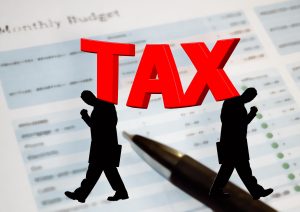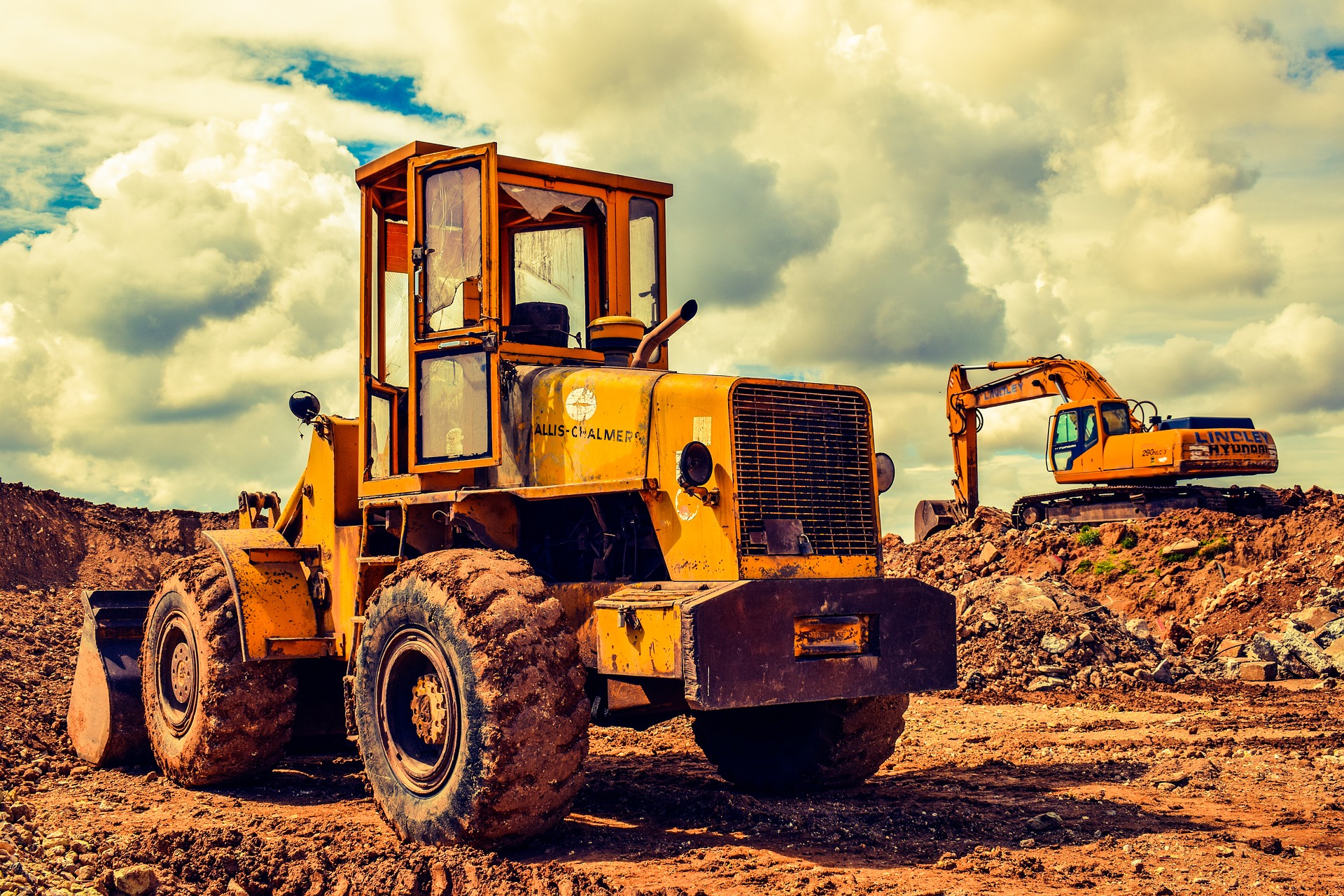Executive Summary: Construction equipment is a necessary tool to perform many types of construction work. How to acquire the equipment has a significant effect on the financial aspect of a company. There are many options which should be considered when temporarily or permanently acquiring a piece of gear.
What are my options? Now that you’ve made the decision that you need a forklift or an excavator or a crane to perform a function, it’s time to analyze how you will acquire it. There are many options:
- Buy – use cash, draw from your equipment line, or finance it through the Seller.
- Rent – go down to the local rental store and rent it by the month, by the week, or by the day.
- RTO/RPO – there are many acronyms for this concept, but here RTO stands for Rent-to-Own while RPO stands for Rental Purchase Option.
- Lease – not really different from your automobile lease in the sense that you do not own the piece of equipment, but you can get a new model every couple of years
This topic of equipment ownership and cost is what some people have written entire books about. Here’s a quick list of pros and cons with each method of acquisition:
| Method | Pros | Cons |
| Buy | · Control over availability
· Lesser mostly cost that a rental bill · Increased fixed asset value on the balance sheet |
· Responsible for all equipment operating expenses
· Property taxes · Storage and maintenance facility costs |
| Rent | · No maintenance
· No concerns over underutilization |
· Limited availability
· High rental cost · No equity |
| RTO/RPO | · Trial run the equipment
· No long term commitment (return it whenever you want) · A portion of your rental goes to the purchase |
· Only a portion of your rental will go to the purchase |
| Lease | · Swap out for new equipment every couple of years
· Maintain working capital · Two lease types: capital or operating |
· No equity |
My story. [QR] I always varied the equipment acquisition based upon the current project need and financial position of the company.

I did underground and mass excavation so I was always laying pipe and digging holes; therefore, I owned my excavators because I could use them on every job. On the other hand, with hoisting, we did very little work requiring crane or boom lift, so that was always rented.
When cash was good, I also usually bought. When cash was bad I leased. The type of lease will have different impacts on your financials and, in turn, your bonding capacity.
A big part of this decision can be guided by your accountant. (S)he knows the latest tax implications for depreciation as well as where on the balance sheet the spending of this money falls. As we know, bonding is a factor of working capital:
Working Capital = Current Assets – Current Liabilities

Bonding Capacity = Working Capital * A Factor Generated by your Surety (say, 15)
The point here is that we likely want to minimize current liabilities in order to maximize our working capital and bonding capacity. A rental payment is 100% a current liability while only the current portion of long-term debt (say 25% under a four-year loan) from your purchase of the equipment is usually a lesser monthly value of current liability. Leases are an entirely different subject!
Talk to your accountant today about this subject – tax and cash impacts – you’ll learn a lot and improve the bottom line!






0 Comments